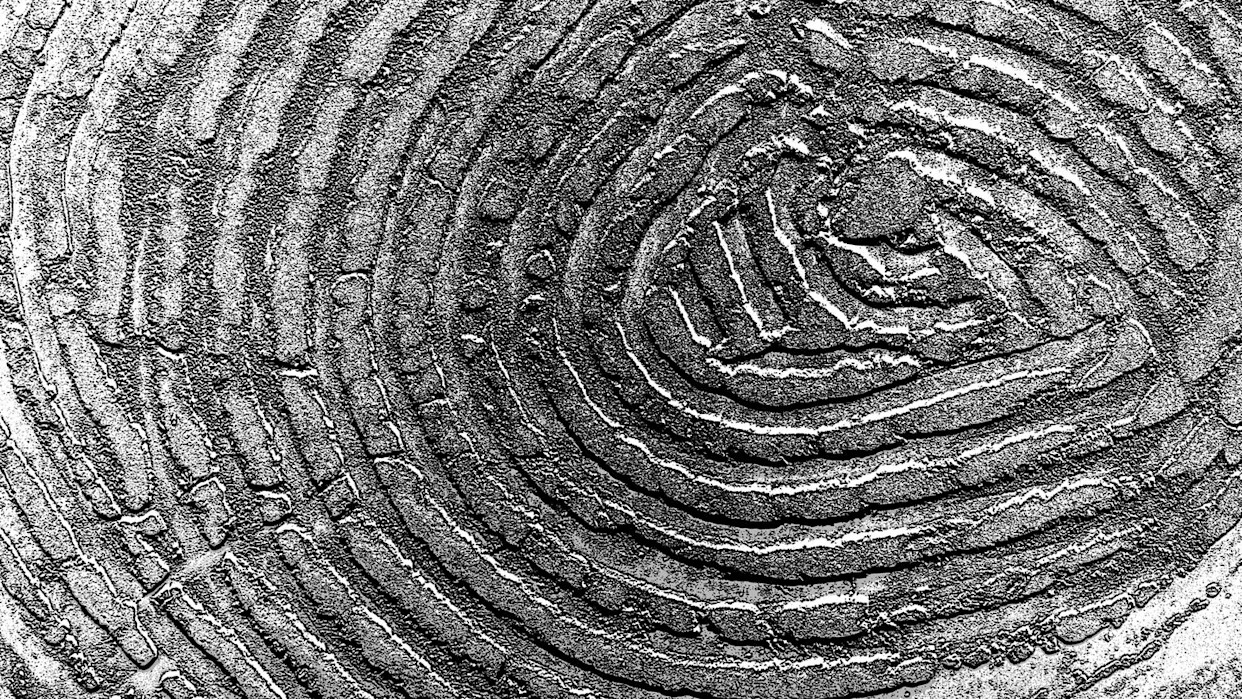
Here’s what you’ll learn when you read this story:
Archeologists discovered a clay seal stamped with the name of a biblical figure.
The style of the writing on the seal dates the artifact back to the First Temple period 2,600 years ago.
Experts believe the seal belonged to the son of Asayahu, one of King Josiah of Judah’s senior officials.
Before drivers licenses and social media handles, seals were a primary method of identification. They helped prevent theft, marked property, and showed ownership when they were bound to goods like wine and oil. For modern historians, seals are the perfect stamp (literally) of chronology in ancient studies. And our understanding of the ancient world just got a little more complex, as archaeologists unearthed a clay seal that’s 2,600 years old and marked with a Hebrew name. Perhaps even more incredibly, researchers believe the clay seal may have belonged to an important biblical official.
Ongoing excavations led by the Temple Mount Sifting Project (TMSP) in Jerusalem, Israel, revealed the clay seal. Archaeologist Mordechai Ehrlich was the one who initially discovered the rare artifact. According to a press release from TMSP, examination of the seal was fast-tracked.
Markings on the back of the seal indicate that it was used as a closure on a bag or storage vessel. According to experts, the style of writing on the clay dates the seal back to the First Temple period, which spanned from late-7th century B.C. to the early-6th century B.C. Close examination also revealed a preserved fingerprint, likely from the owner of the seal. Researchers on the study—Anat Mendel-Geberovich and Zachi Dvira—have fully deciphered the name stamped on the artifact; it reads: “Belonging to Yed[a‛]yah (son of) Asayahu.”
The name “Asayahu” appears in the Hebrew Bible (or the Tanakh) during the story of King Josiah of Judah. According to the tale, King Josiah ordered repairs be made to the temple 2,600 years ago. During the repairs, his workers discovered an ancient scroll that warned of punishment from God. Worried by the prophecy, King Josiah sent out members of his court to seek counsel from Huldah, a prophetess. One of these trusted consuls was a senior official named Asayahu, who is often referred to as “the king’s servant.” Researchers believe that, because of Asayahu’s important position, his son, Yeda‛yah, may have also served in a prominent role around the same time.
Biblical context in mind, a pressing question still remains: did the seal actually belong to Yeda‛yah, son of Asayahu? According to TMSP researchers, it’s highly likely.
“Obviously, we are not sure that the Asayahu mentioned on the sealing is the same that appears in the Bible,” Dvira told The Times of Israel (TOI) in an interview. “However, several such artifacts found in the area of the Temple Mount carry biblical names, and it does make sense, because these were not objects used by common people.”
Researchers said the fate of the seal’s owner remains unknown. Luckily, technological developments in recent years have made artifacts like the clay seal easier to identify, so finds like the one at Temple Mount should hopefully become more common.
“Because of their small size, clay sealings are difficult to identify,” Dvira told TOI. “In the past, most of the [seals] came from the antiquity market, but as we developed new techniques to sift through massive amounts of dirt, more excavations have started to either employ our sifting services or carry out their own sifting. Now, there are maybe 10 or 20 times more known [seals] found during controlled archaeological work than in the past.”
In this particular study, experts used Reflectance Transformation Imaging (RTI) photography, which creates an image by photographing the same area of an artifact under different light sources. As for the future of Yeda‛yah’s seal, a paper detailing the findings will be submitted to a peer-reviewed journal in the coming weeks, according to the press release.
You Might Also Like







Comments